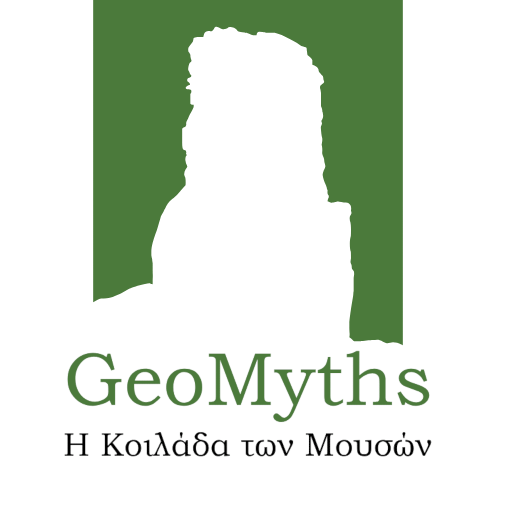Saint Nicholas
The next stop on our tour is Saint Nicholas. The time when the chapel of Saint Nicholas was built is not known.
From the column we see inside it, it appears to have been built after the 6th century AD, considering that it was the Emperor Justinian who gave permission for ancient temple materials to be used in Christian churches.
This metochi is probably identical to the monastery of Saint Nicodemus which is recorded in the records of the early Ottoman period. Christopher Wordsworth in 1839 mentions it as a monastery, while earlier, in 1806, Leake mentions it as a metochi of the monastery of Makariotissa, which is located to the south and on a higher point of Mount Helicon.
Saint Nicholas, which is considered a metochi or church, is in the basilica style and is adorned with important hagiographies.
It is built in a theatrically shaped natural hollow at the foot of Mount Maradali. The building is located in the middle of a grove of pine, walnut, plane, olive, myrtle, laurel and rhododendron trees and many hazelnut trees. The coolness is maintained here in summer by a spring with plenty of water.
In this chapel with the beautiful hagiographies of 1842 it is not possible, due to the multiple coatings, to identify materials used from ancient temples, with the exception of the imposing column that can be seen on our right as we enter the chapel and which seems to function as its main support. All along the height of the column and around its perimeter are inscribed the names of ancient athletes who excelled in the musical games held in the Muses theatre within the valley, between the years 161-180 AD, during the reign of the Emperor Marcus Aurelius.
The inscribed words on the column begin as follows: With good fortune, during the agōnothesia (presidency over games) of the Great Caesarean Sebasteia Mouseia by Aurelius Kalliklianos, son of Soterichos, in the archonship of Aurelius Mouseros.
The existence of this column in the chapel of Saint Nicholas led the traveller Leake to the erroneous conclusion that this was once the site of the sanctuary of the Muses. Perhaps, however, the little temple was built on the site of the sanctuary of Heliconian Poseidon, as the saying of the sophist Apollonius the Sophist prompts us to conjecture: Heliconian of Poseidon, from Helicon in Beaotia, a sanctuary of God.
Visitors to the temple can, if they wish, use water from the adjacent natural spring. The picturesque chapel of Saint Nicholas is celebrated on May 9th.








 Your session has timed out for security reasons.
Your session has timed out for security reasons.